In the mid-20th century, the Space Age ignited imaginations worldwide, transforming not just technology and science but the very fabric of culture and design. The allure of space exploration, with its promise of new frontiers and utopian futures, found its way into homes, influencing everything from architecture to the objects we lived with. It was a time when design dared to dream of tomorrow. Bold, futuristic shapes and materials that mirrored the cutting-edge innovations of the space race began to define a new era of aesthetics, blending seamlessly with the principles of mid-century modern design.
Space Age design, particularly in furniture and lighting, became an emblem of this forward-looking optimism. Curved, organic forms, sleek surfaces, and the use of innovative materials like plastic, fibreglass, and metal began to populate homes, embodying a utopia just beyond the horizon. But among the various forms of Space Age design, perhaps none captured the spirit of the time more poignantly than the lamps that illuminated the way.
The Materials of Tomorrow
Space Age design was synonymous with the embrace of synthetic materials. Plastics, once seen as industrial and utilitarian, were suddenly celebrated for their versatility. These new materials allowed designers to break free from the constraints of traditional forms seen in earlier mid-century modern creations. Rounded shapes, undulating curves, and seamless lines defined a futuristic aesthetic. Colours, too, were daring—vivid oranges, lime greens, bright whites, and metallics that evoked the imagery of rockets, astronauts, and distant planets.
Among these, fibreglass and acrylic took centre stage, not only for their malleability but for their lightness and durability. Lamps, in particular, benefited from these advancements, allowing for suspended designs that appeared almost weightless, defying gravity itself.
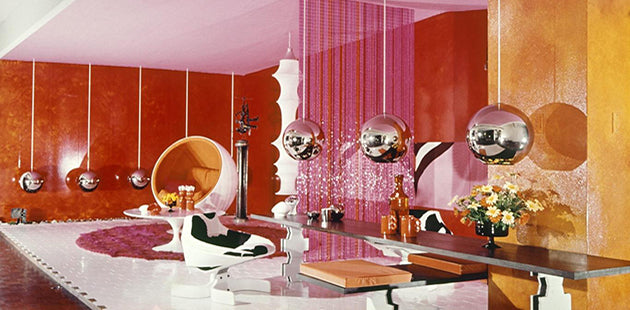
Source: Australian Arts Review
Iconic Space Age Lamps
One of the defining characteristics of Space Age lighting was its sculptural quality. Lamps were no longer just functional objects; they became artful statements. Whether table, floor, or pendant lamps, their forms played with the concepts of both light and shadow, emphasising their modernity while hinting at the mysteries of the cosmos.

The Nesso Table Lamp by Giancarlo Mattioli (1967)
With its striking, mushroom-like form made of injection-moulded ABS plastic, it embraces the futuristic materials and organic shapes of the era. The soft, diffused light that the Nesso emits feels almost like a UFO hovering above the table, perfectly capturing the essence of Space Age futurism. Its bold curves and innovative use of plastic place it firmly within the design trends of the time, making it a seamless complement to the functional minimalism of mid-century modern interiors.
Image Source: Artemide Catalogue
Bug Eye Lamp
Another striking piece from the Space Age era, known for its multiple spherical or "eye" light sources that project from a single fixture. These lamps, often adjustable, look like something straight out of a retro science fiction film, with their protruding orbs resembling the eyes of an insect—or perhaps the instruments on a space probe. Their playful yet futuristic design perfectly embodies the Space Age fascination with technology and space exploration. The Bug Eye lamp's multi-light design creates an engaging interplay of shadow and illumination, adding a distinctive Space Age flair.
Table Lamps: Lighting the Future
Table lamps, in particular, were fertile ground for Space Age experimentation. The Guzzini Clan Table Lamp (1968), designed by Harvey Guzzini, with its acrylic dome shade and glossy base, encapsulates the vision of a future where form, function, and materiality converge. The use of acrylic, an emblematic material of the era, creates a fluidity in design—light passes through the shade in a way that is both diffused and soft, adding to its otherworldly presence.
Similarly, the Eclisse Lamp by Vico Magistretti (1965), with its simple, spherical form and adjustable inner shade, feels as if it could have been plucked straight from the surface of the moon. The design allows users to control how much light is emitted, creating the illusion of an eclipse—an effect both functional and poetic.
Then there are the Eyeball Lamps, a category all their own. These lamps, often mounted on adjustable stands, feature spherical shades that resemble planets or, more whimsically, the helmets of astronauts. Their playful, functional design was a direct response to the new ways people wanted to interact with their surroundings. Light could now be directed wherever it was needed, adding an element of user control to the design while preserving their bold, futuristic appeal.
Image sources: Pinterest (Magistretti) & IGuzzini
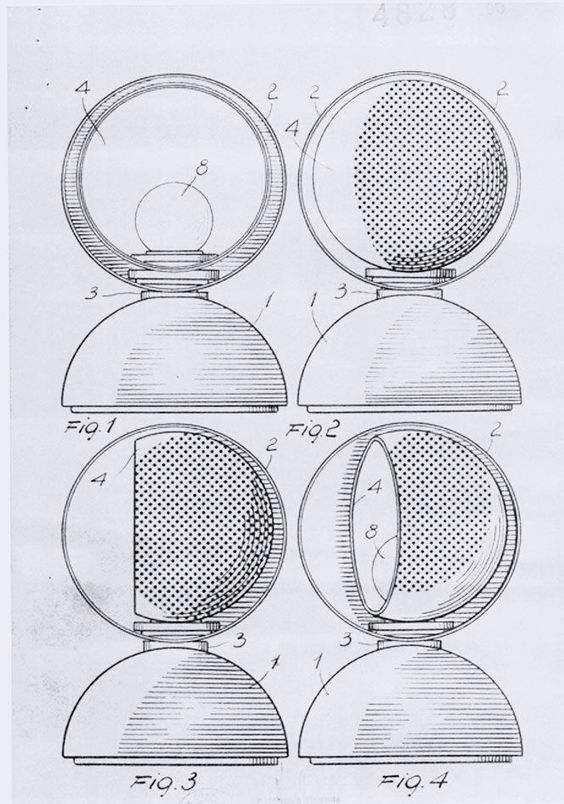
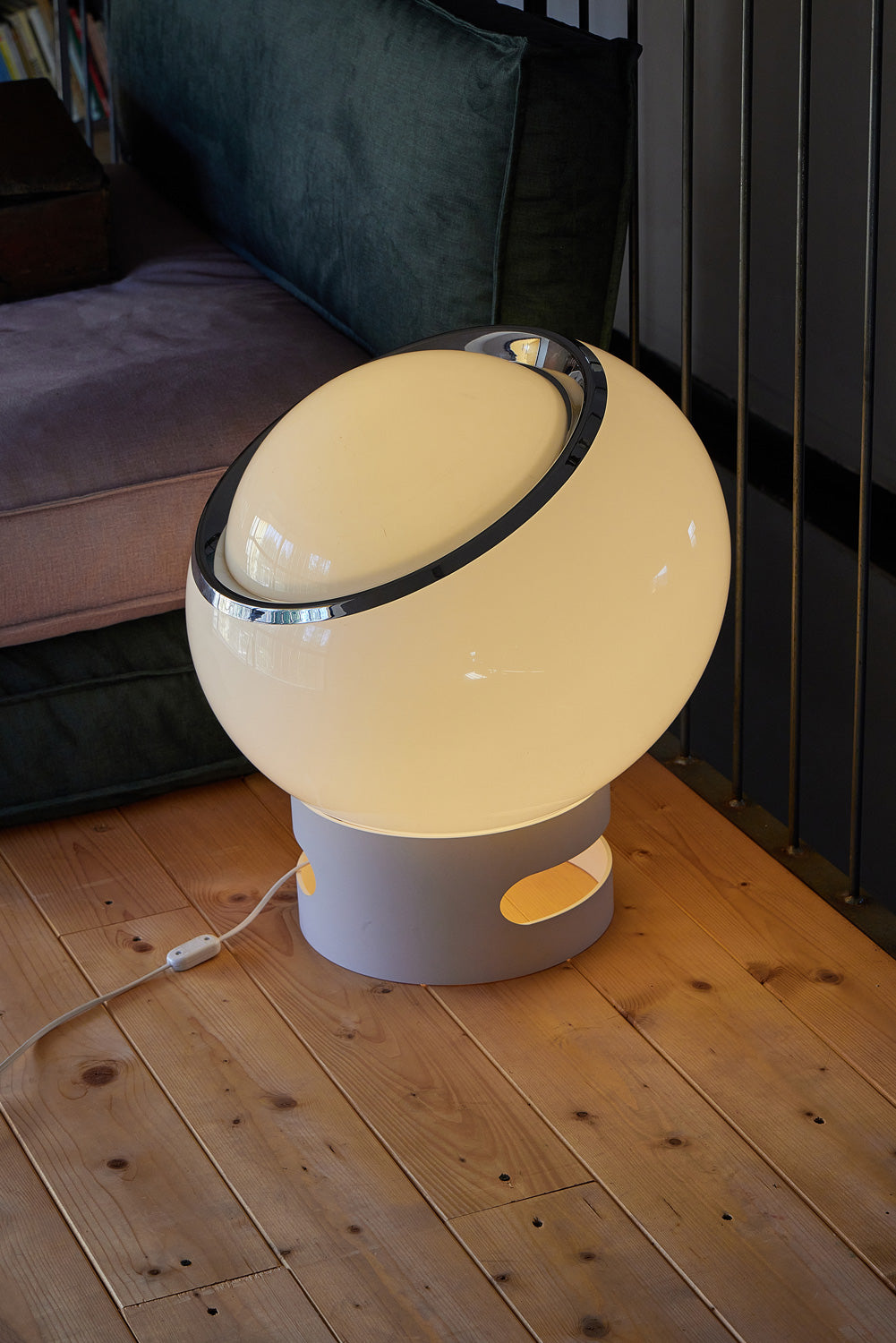

Eye Ball Lamps
-
Chrome White Table Lamp


Sold out -
Atomic Era Eyeball Lamp


Sold out -
Brown Eye Ball Table Lamp


Sold out
A Broader Movement in Furniture
Space Age design wasn’t limited to lighting—it permeated every aspect of domestic life, particularly furniture. The influence of designers like Eero Aarnio, with his Ball Chair (1963), was unmistakable. Aarnio’s pieces were monumental in the way they fused functionality with futuristic aesthetics, pushing the boundaries of traditional concepts. The Ball Chair, a giant hollow sphere in which one could sit, provided a womb-like escape into a private world—a symbolic exploration of the isolation and wonder of space travel.
Another standout is the Panton Chair (1967) by Verner Panton, a cantilevered chair made from a single piece of moulded plastic. Its flowing, fluid lines defy the rigidity of traditional furniture design, evoking the same sense of weightlessness found in Space Age lighting. The Panton Chair’s use of plastic was revolutionary for its time and perfectly encapsulated the futuristic optimism of the era.
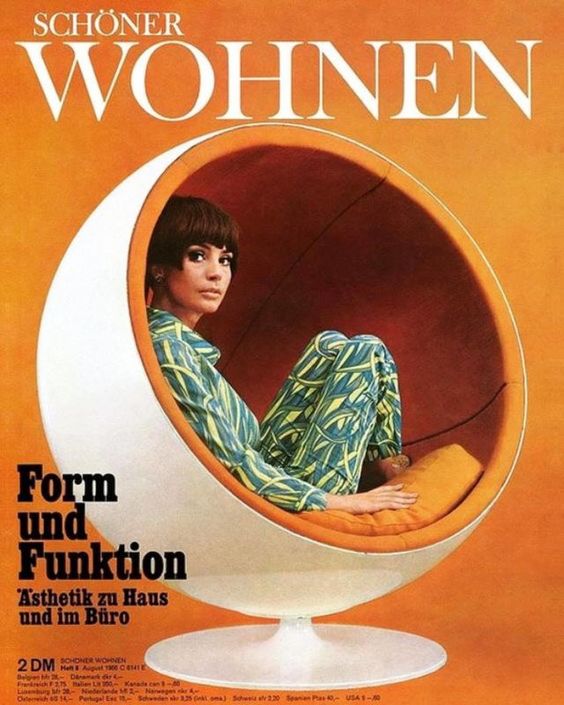
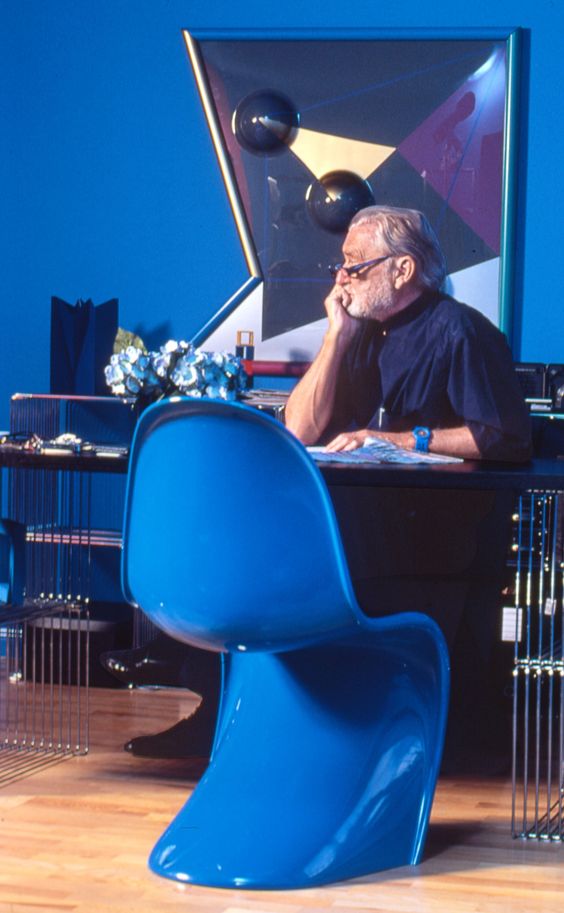

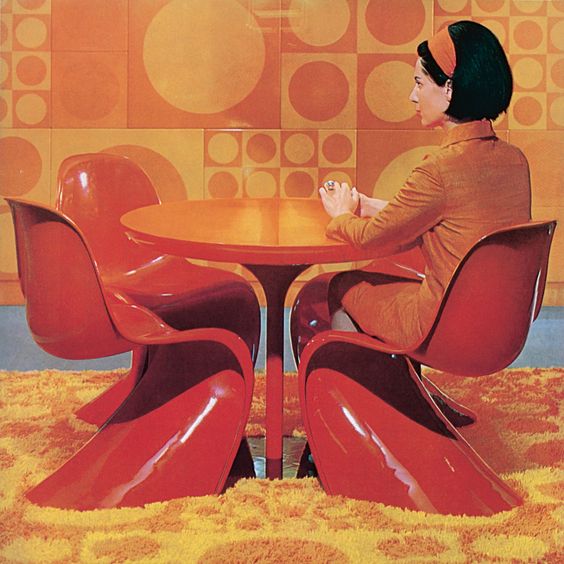

Looking forward, from the past
The Space Age movement in design was more than just a visual style; it was a philosophy about the future. It captured a unique moment when humanity was on the cusp of the unknown, ready to leap into the stars and leave behind the past. The objects born from this era, particularly its lamps, tell a story not just of technological innovation but of human aspiration, curiosity, and hope.
Today, Space Age design still resonates, not just as retro nostalgia but as a reminder of what it means to dream of the future. Whether through the soft glow of a Nesso Lamp or the playful charm of a Bug Eye Lamp, these pieces continue to light our way into new frontiers—both in design and in our collective imagination.
space age lamps
-
Artemide Pileino Table Lamp


Sold out -
Atomic Era Eyeball Lamp


Sold out -
Brown Eye Ball Table Lamp


Sold out -
Chrome White Table Lamp


Sold out -
Dijkstra Mid-Century Wall Lamp

 $389.00
$389.00 -
Fat Lava Pendant


Sold out




















